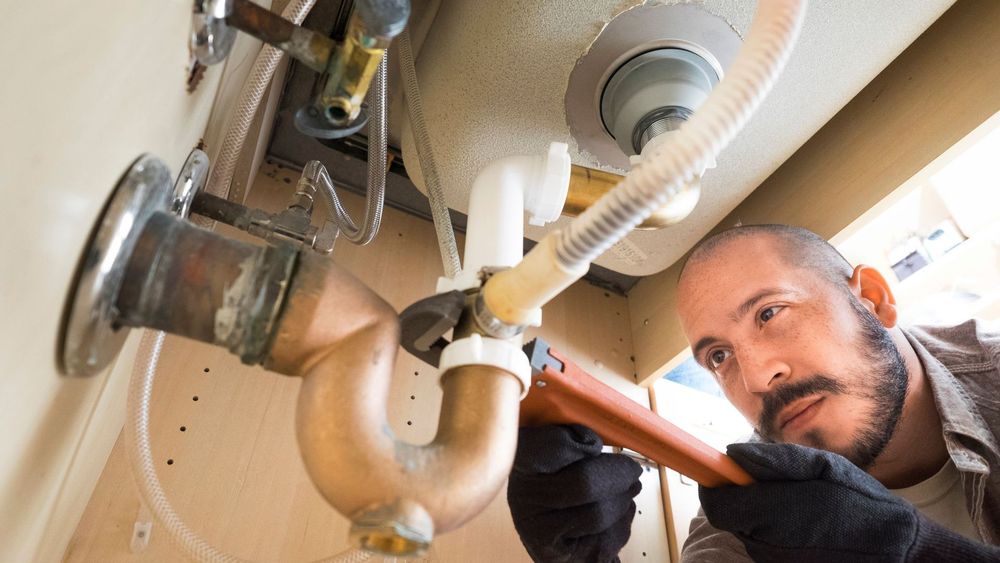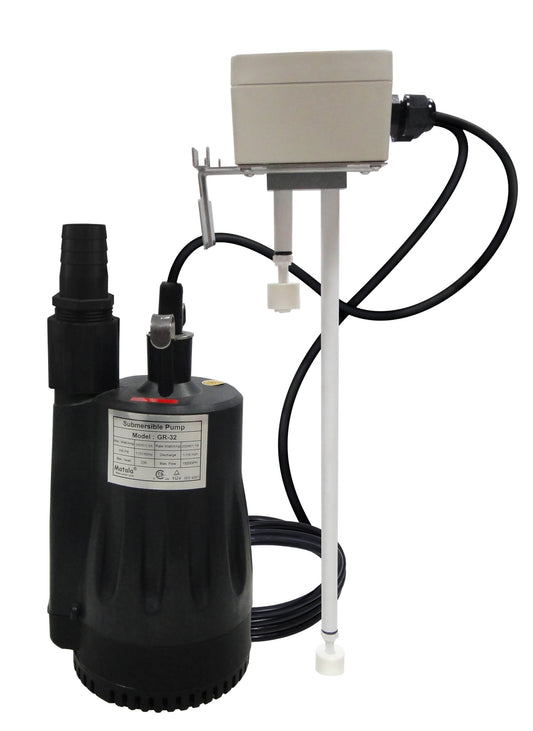
How Do I Become a Greywater Installer?
Mason LogueTL;DR
To become a greywater installer, you’ll need a mix of ecological landscaping or permaculture training and basic plumbing skills. Start by enrolling in programs like Bay Friendly Landscaping or Greywater Action’s 5-day certification course. Complement this with hands-on plumbing classes and mentorship from experienced professionals. Real-world experience is key to designing systems that are both code-compliant and environmentally responsible.
Step-by-Step Guide to Becoming a Greywater Installer
1. Learn Ecological Landscaping Principles
Greywater systems are about more than plumbing—they're about sustainable water reuse, soil health, and plant compatibility. That’s why many greywater installers begin with ecological landscaping or permaculture training.
Recommended programs:
- Bay Friendly Landscaping (California)
- Green Gardens Group (G3) programs
- Permaculture Design Courses (PDCs) at centers like the Occidental Arts & Ecology Center (OAEC)
These courses teach:
- Water-wise garden design
- Soil biology and drainage
- Native and drought-tolerant plant selection
2. Build Plumbing Knowledge and Experience
Even the best landscaping plan falls apart without solid plumbing skills. Greywater installers often handle:
- Piping and valve installation
- Traps and vents
- Subsurface irrigation design
- Flow control and surge tanks
Where to get training:
- Community colleges with trade programs
- Technical schools or plumbing apprenticeships
- On-the-job mentorship from licensed plumbers
3. Get Greywater-Specific Certification
For focused, hands-on training, enroll in a greywater installer course like the one offered by Greywater Action.
Their 5-day intensive includes:
- System design for homes and landscapes
- Code and permit requirements
- Hands-on system installation
- Site assessment and client consultation
Many graduates go on to start their own businesses or offer greywater installation as part of a broader landscaping service.
4. Start Building Projects and Portfolios
Real-world projects are your best classroom. Offer to:
- Help friends or neighbors set up legal greywater systems
- Volunteer with eco-landscaping organizations
- Document and share your work for future clients or employers
Consider partnering with product vendors like Water Wise Group, who provide systems like Aqua2use GWDD that are code-compliant and installer-friendly.
FAQ: Becoming a Greywater Installer
Do I need a license to install greywater systems?
In many states, yes—especially if you're touching plumbing. You may need a contractor's license or work under one. Check local building and health codes.
Can I install systems without plumbing training?
Not legally. Even basic systems need to be safe and compliant. Plumbing knowledge is essential.
Where can I find clients?
Eco-conscious homeowners, off-grid properties, tiny house communities, and landscape architects are great markets.
Is this a growing field?
Yes. With increasing water scarcity and sustainable home design trends, demand for greywater installers is growing steadily.
Start Your Journey
Ready to become a certified greywater installer? Begin with Greywater Action’s training and build from there. With the right mix of ecological insight and plumbing know-how, you’ll be well on your way to a career in sustainable water reuse.
To learn more about systems you’ll be working with—like Aqua2use’s plug-and-play units for residential irrigation—visit Water Wise Group.







